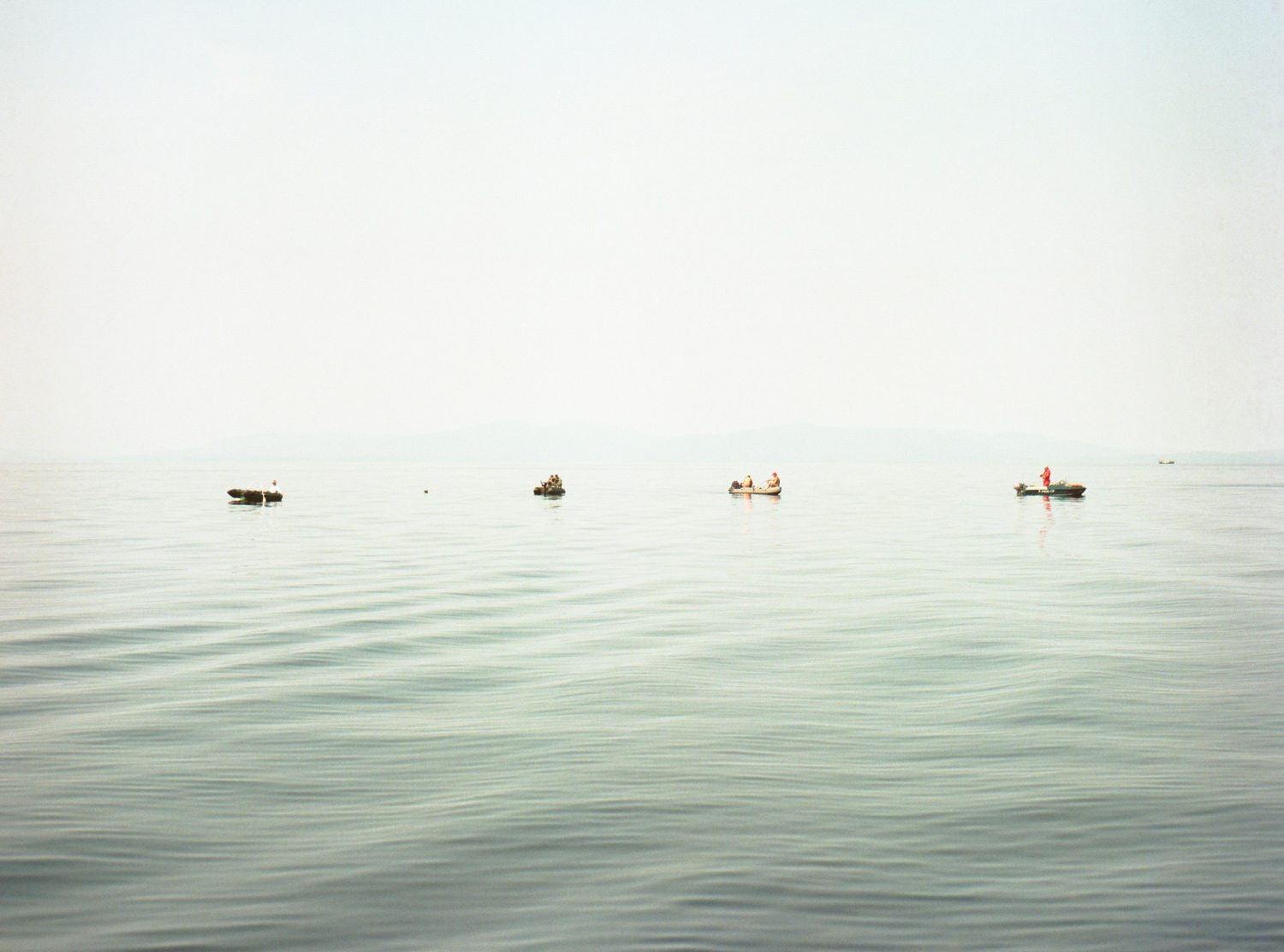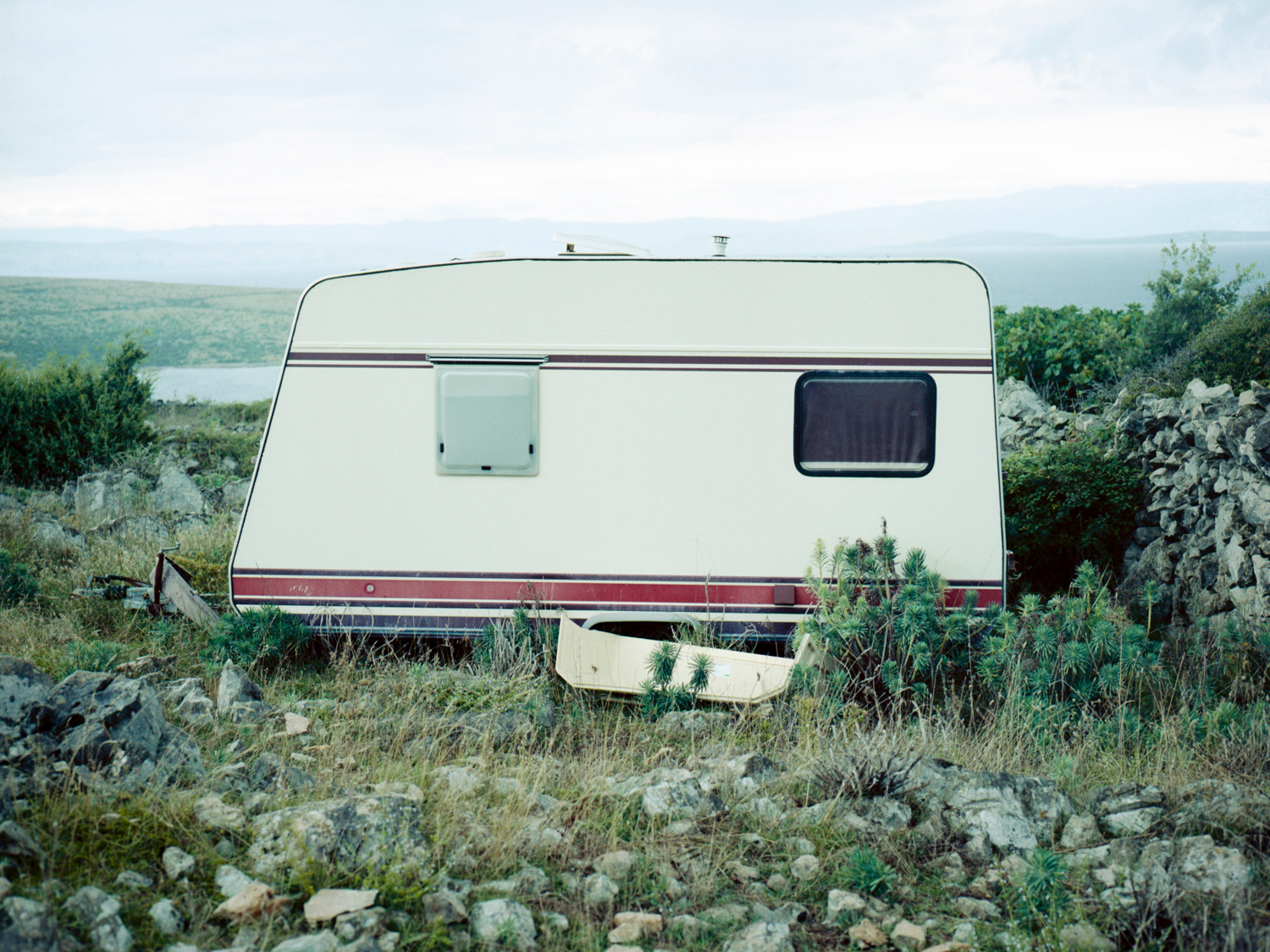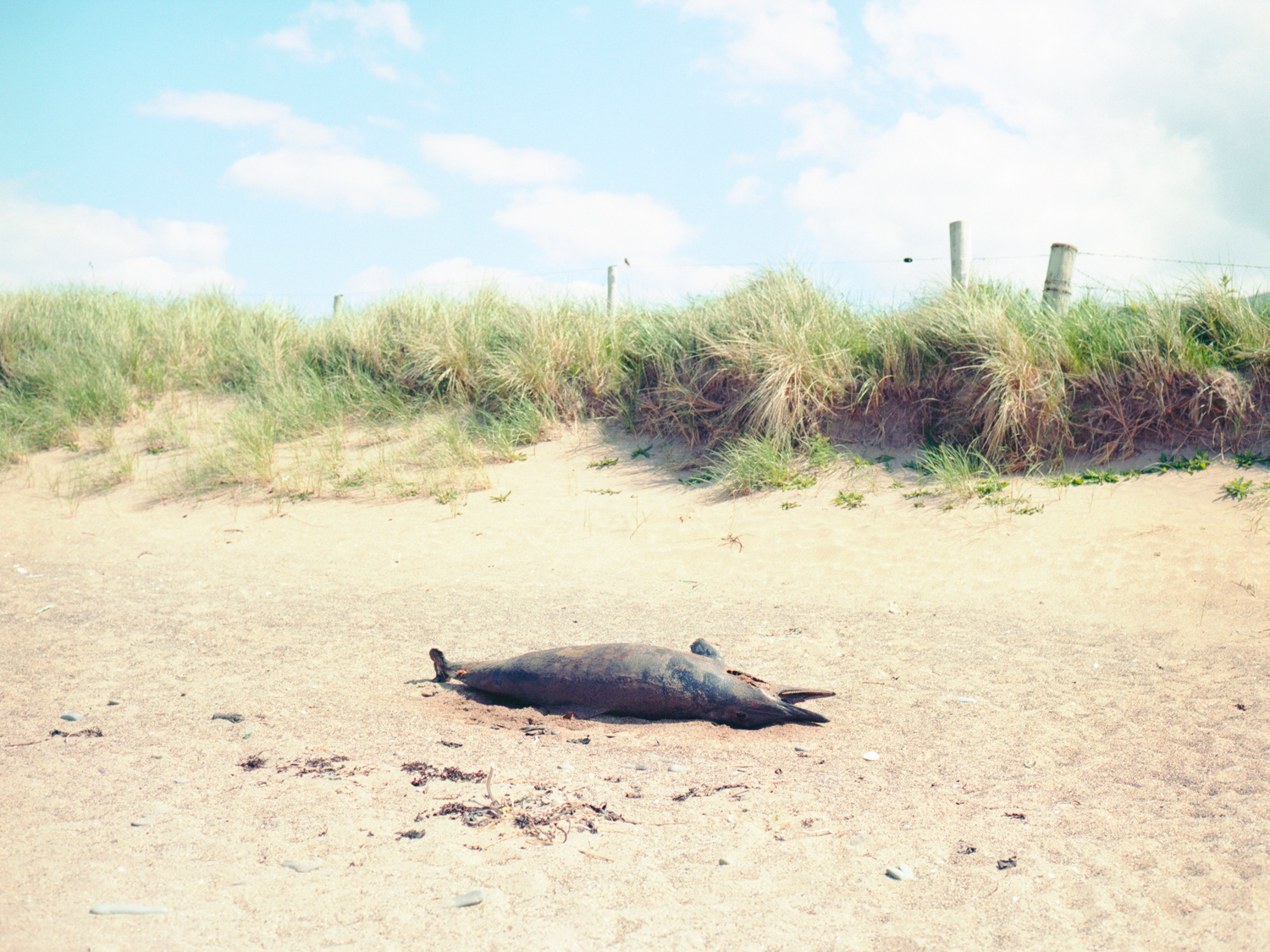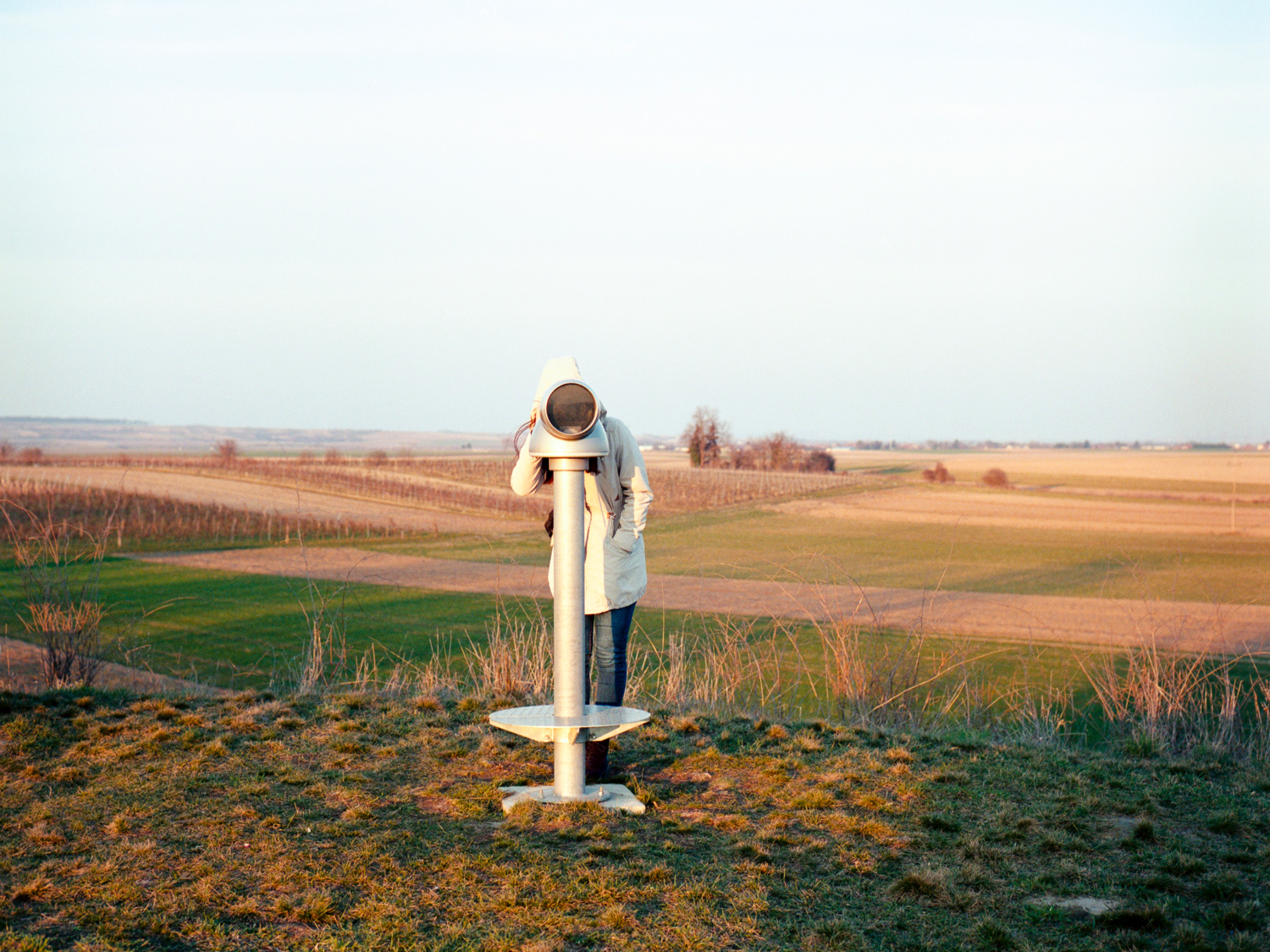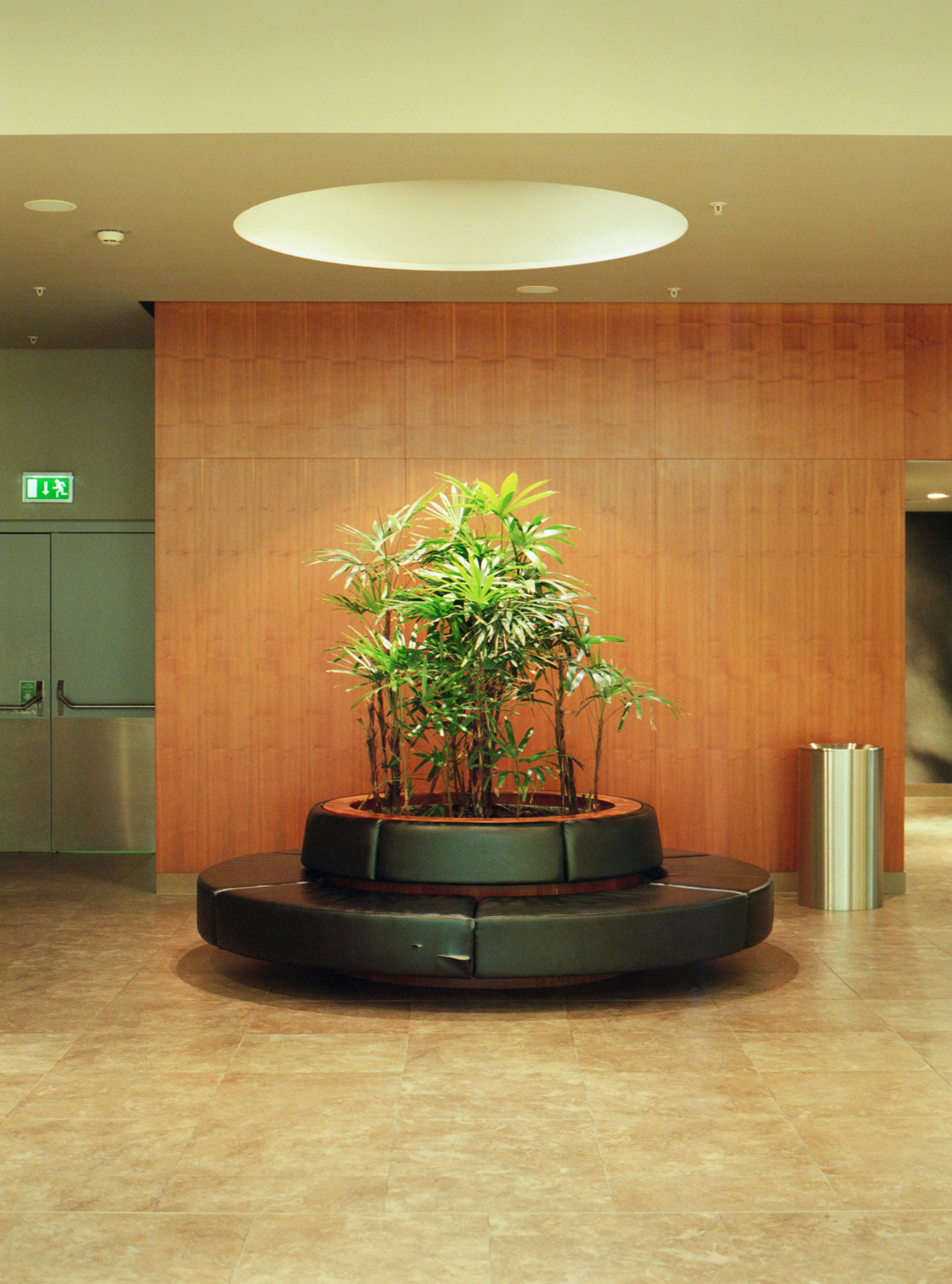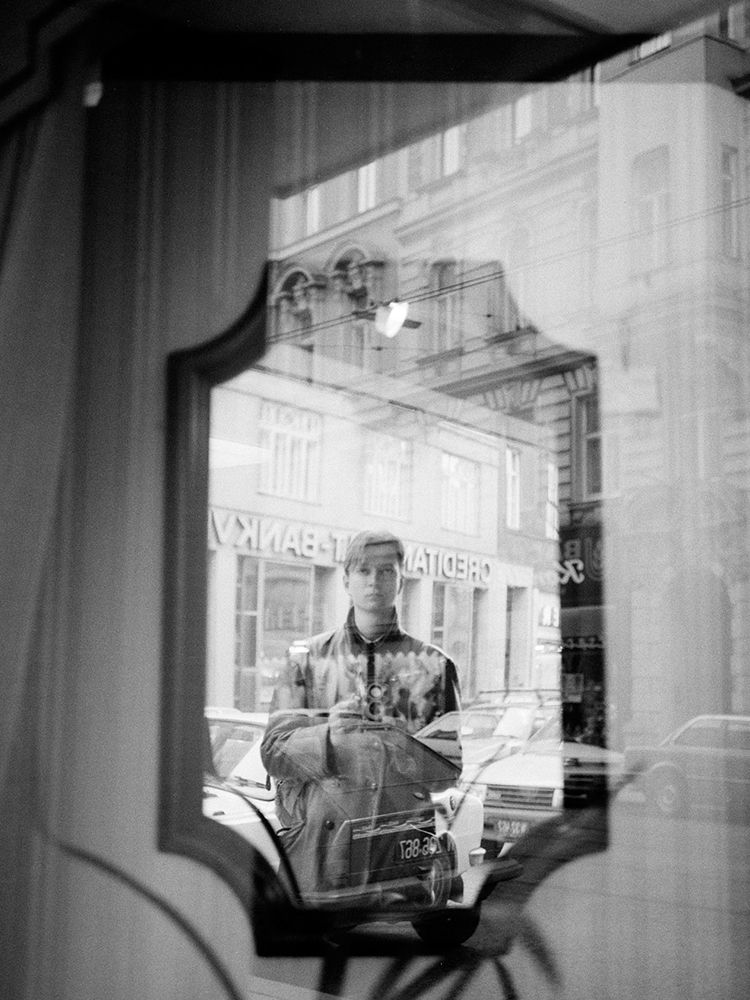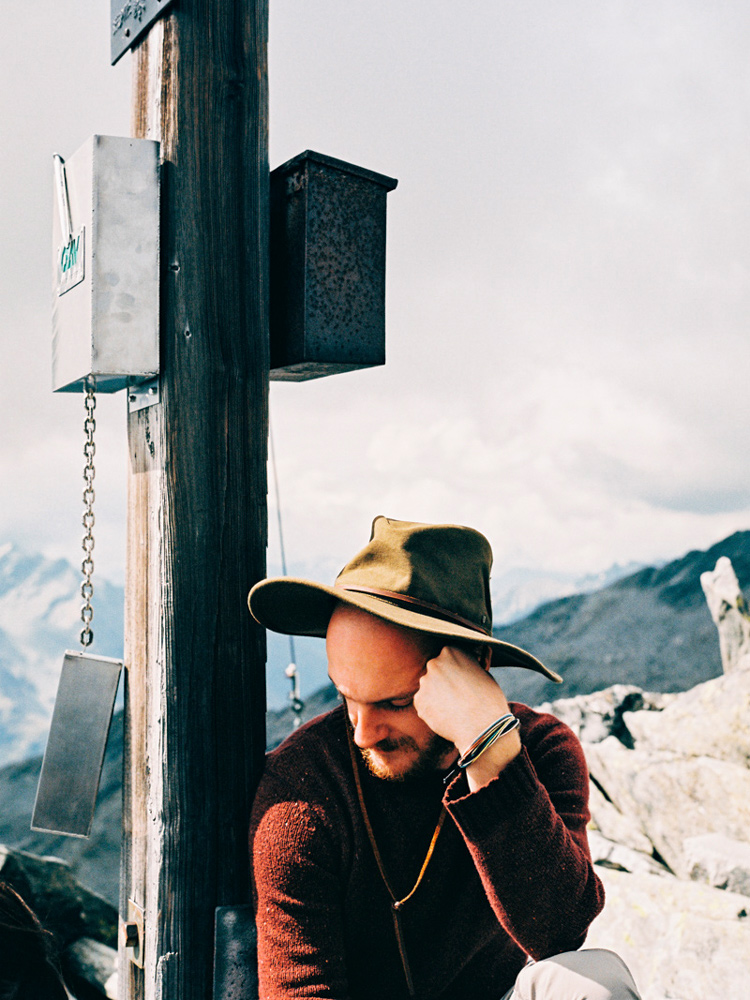
In conversation with
Harald Wawrzyniak
Graz, Austria
Hi Harald, please introduce yourself.
My name is Harald Wawrzyniak. I live in Graz and work as an electrician. My passion for analogue photography began when I attended a private academy for photography. There were numerous workshops in the darkroom there. However, I learned most of it autodidactically. Away from photography, I am the editor of the magazine for analogue photography – rûm, which I founded together with my partner Maria Lichtenegger.
What does analog photography mean to you? What excites / fascinates you about it?
For me it means “switching off”. It’s just me and the camera, no distractions from the image being shot. The limited number of photos on a film makes the work more deliberate. The uncertainty as to whether the film is a success always excites me anew. I’m fascinated by the colours and the depth of the image, which I don’t think any digital camera can achieve yet.
In your opinion, what are the advantages and disadvantages of analogue photography?
Advantages are the variety of colours, depth of image, etc. and the conscious selection of motifs when taking photographs. Disadvantages are the duration of the entire process – it takes some time from the shot image to the result, so that unfortunately it no longer has a place in the commissioning world alongside digital photography. A big disadvantage is also the rapidly increasing price of cameras, film and film processing.
Do you concentrate on a certain topic in your work?
Schwerpunkt kann man fast nicht sagen. Meine Arbeiten spielen mit Minimalismus, Banalem und Alltäglichem. Portraits entstehen viel zu selten, damit möchte ich mich in Zukunft noch intensiver beschäftigen.
Are there (analogue) photographers who have influenced your aesthetic and approach?
The friends around me who also take photographs have influenced me a lot.
Do you have certain cameras and films that you prefer to work with?
My camera, which I have been using since 2012, is the Mamiya 645AF, my “main camera” when it comes to analogue photography. I also have a small Yashica T5, but it is used less and less. I mainly use Kodak Portra when it comes to 120mm film. Fujifilm for 35mm film.
Speaking of films: What does your workflow look like?
My workflow looks like this: After the film is shot, it ends up in the fridge. It can happen that the film stays there for a while. I take the films to my trusted developing studio here in Graz. I then cut the developed film myself and scan it in peace with musical accompaniment. This is my second favourite step after taking the photos. Digital post-processing is kept to a minimum. Most of the time I only correct the image detail and retouch dust residues.
What advice would you have for other photographers who are reading this interview?
If you’ve never shot analogue before, definitely try it out. It helped me a lot to find my own style. In my opinion, it is far too easy to get lost in the confusing range of digital cameras and accessories and forget the most important thing – learning to see. Another thing that is highly recommended: meet other photographers, travel together, exchange ideas.
If you publish your work on Instagram: curse or blessing?
Honestly? Curse! Instagram killed the great platform Flickr. There, you reached even more magazines, platforms etc. via groups. It was also easier to exchange with other photographers than it is now with Instagram. In my opinion, Instagram is simply too fast-moving. If a picture is viewed there for more than two seconds, you’ve already done it. It’s true that uploading and using it with a smartphone is super practical, but that’s about it.
Which 3 photo books can you recommend / should you definitely own?
„Territory“ (Markus Guschelbauer), „für eine provisorische Anthologie von hohen wünschen“ (Doris Maligner, Maurizio Alampi, Mirza Kahriman) and „Now is not the right time„ (Peter Pflüger).
Thank you so much for your time!
Favorites
Mamiya 645AF
Kodak Portra
Color
